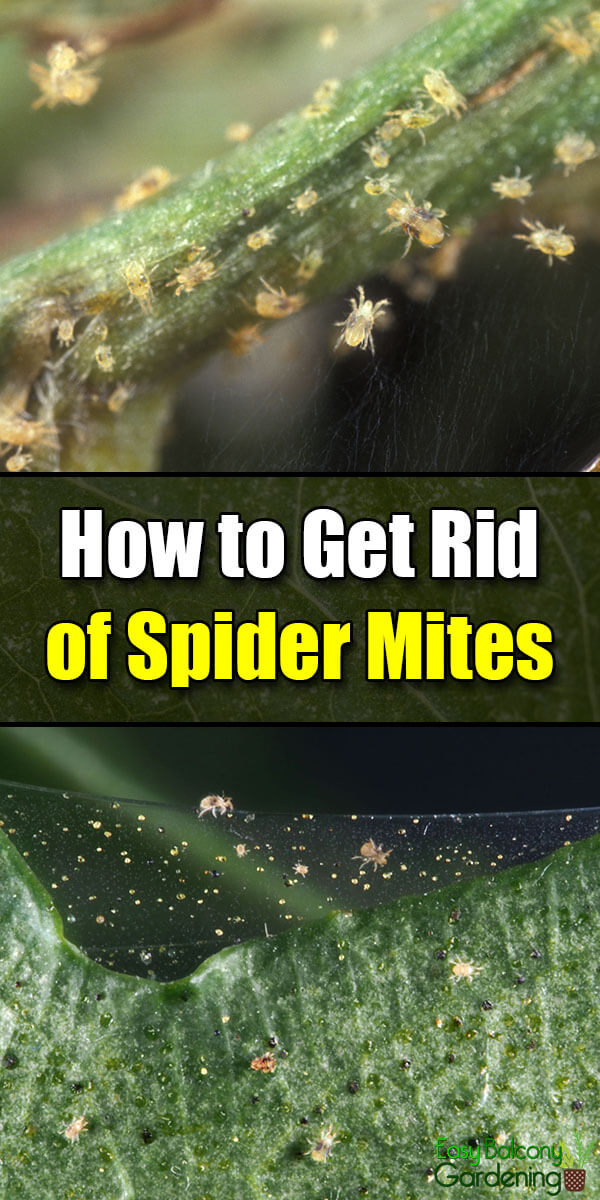Spider mites live in colonies, numbering hundreds per unit. You can find them usually under the leaves. There is no need to identify what specie of spider mites is invading your garden. The damage any specie of spider mites cause and their management will be the same.
Open Invitation for Spider Mites
- If you have plants that have green leaves throughout the year and your winter season is mild, spider mites that are already there will reproduce all year long.
- If your plants are deciduous or your winters are colder, the spider mites will overwinter where they can and will begin feeding again and laying eggs come spring.
- Supply spider mites with hot and dusty conditions and they will be numberless in a week’s time. Some species, however, like cooler weather. You will know that you have a high level of population of spider mites if your plants’ leaves have visible damage. The high population of spider mites can be fatal to annual plants.
- The population of spider mites can decline in late August due to predators and when plant and weather conditions have become unfavorable.
Monitoring
- Spider mites are not easy to detect because of their size. You may need a hand lens.
- The very first sign they are around is flecked leaves. You can also suspect spider mites if the leaves are bronzed, yellowed, bleached, or grayed in color.
- Look for them at the underside of the leaves. You can also place something like a white piece of paper under the infested plant and shake. This will disturb the spider mites.
- Make sure they are still around before you treat your plants. They usually leave before you notice the damage.
- If the spider mites’ feeding proceeds, you will observe leaves turning yellow and then dropping off. The loss of those leaves can affect your harvest.
- Another sign to look for are webbings on leaves, branches, and fruits
- If your plants are also water stressed, you are inviting big trouble
Control
- You can effectively manage the population of spider mites by using water sprays. Do not use insecticidal soaps or oils or sulfur dust if your plants are water stressed or if the temperature is higher than 90°F.
- Wear protective clothing if you opt for sulfur dust to control the spider mites as they can irritate your skin and eye as well as present respiratory problems. Pay attention to the leaves’ underside.
- Be careful about using pesticide sprays as they can reduce the number of the spider mites’ natural enemies in your garden.
- Some of their natural enemies are the lady beetles (Stethorus picipes), the lacewing, and the western predatory mite. The latter is best if your environment is hot and dry. If there are no spider mites for them to feed on, they will not become pests themselves. They will just migrate elsewhere or simply starve.
- You can purchase predatory mites and release them where you are having infestation. You are better off, however, providing favorable conditions for these natural enemies by avoiding dusty situations and pesticides.
When purchasing predatory mites, a good ratio for effective control is one predatory mite for every ten spider mites.







